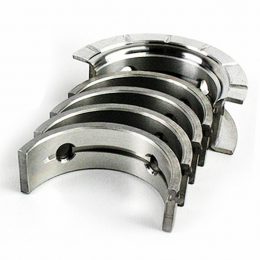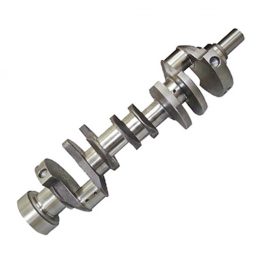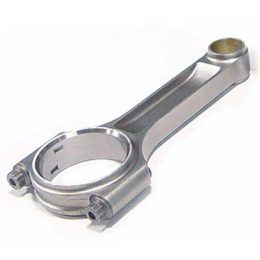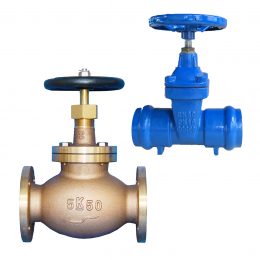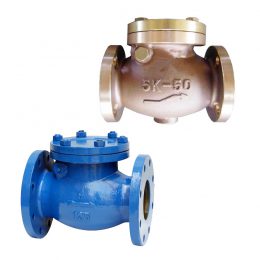Causes of failure and misalignment of marine engine crankshafts
The crankshaft is the middle part of a marine engine, that transfers power from the firing cylinders from the reciprocating pistons to the rotating propeller (or alternator for a generator).
The work of other parts of the engine depends on the correct rotation of the crankshaft, such as the camshafts for fuel timing, the firing order of the units, etc. Failure of a single component of the crankshaft can stall the engine and the vessel.
As a marine engineer working on a ship, you should be aware of the various reasons that can cause
Causes of crankshaft failure
Fatigue Failure: most steel crankshaft failures occur due to fatigue failure, which can originate from changes in cross-section such as oil whole lip drilled on crankpins.
Vibration-induced failures: Cracks in crankpins and journals may occur if the engine is operated with severe vibrations, especially torsional vibrations
Insufficient lubrication: Insufficient lubrication of crankshaft bearings can lead to bearing wear and crankshaft failure
Cylinder overpressure: There may be a hydraulic lock (water leak) inside the cylinder liner, and because of extreme pressure, the crankshaft may slip or even bend (if the unit’s relief valve is not working).
Cracks: Cracks can occur at the fillet between the journal and the web, especially between the 10 o’clock and 2 o’clock positions when the piston is at T.D.C.
Reasons for crankshaft misalignment
The crankshaft of a marine engine is a huge component when fully assembled into the engine. Initially, the entire crankshaft was aligned in a straight line (connections pulled from the center of the crankshaft formed a straight line), and it was mounted on top of the main bearing.
But over time, due to various factors, the straight lines can deviate and misplace. A certain amount of deviation is acceptable within the limits, but if the value exceeds the manufacturer’s rating; it may cause damage or even breakage of the crankshaft.
Following are the reasons for crankshaft misalignment:
The main bearing is damaged or worn
Loose engine anchor bolts cause vibration
hull deformation
Crack in bearing housing
Main bearing damage caused by loose main bearing bolts
The very high bending moment on the crankshaft due to excessive force in the piston assembly
ship grounding
Crankcase explosion or fire
Defective or worn stern tube or intermediate shaft bearings
Loose or damaged choke in the foundation
Cracked bearing housing
Bottom plate deformation – beam damage
Loose or broken tie bolts
Corrosion weakens the structure
Therefore, it is recommended to periodically check the crankcase and crankshaft deflection.
- Construction Materials used in Marine Diesel Engines
- “Enhancing Marine Engines: Pros and Cons of Cylinder Liner Coatings”
- B&W L35MC, L42MC, L50MC, L60MC, L70MC, L80MC Cylinder liner
- Sulzer RND76, RND76M, RD90, RND68M for Cylinder liner
- Marine Engine Fuel Injection System Market Size 2022, Global Share, Development History, Business Prospect, Trends, Manufacturers, Supply, Industry Demand, Growth Factor and End User Analysis, Outlook till 2030
- Maximizing Marine Cylinder Liner Lifespan
